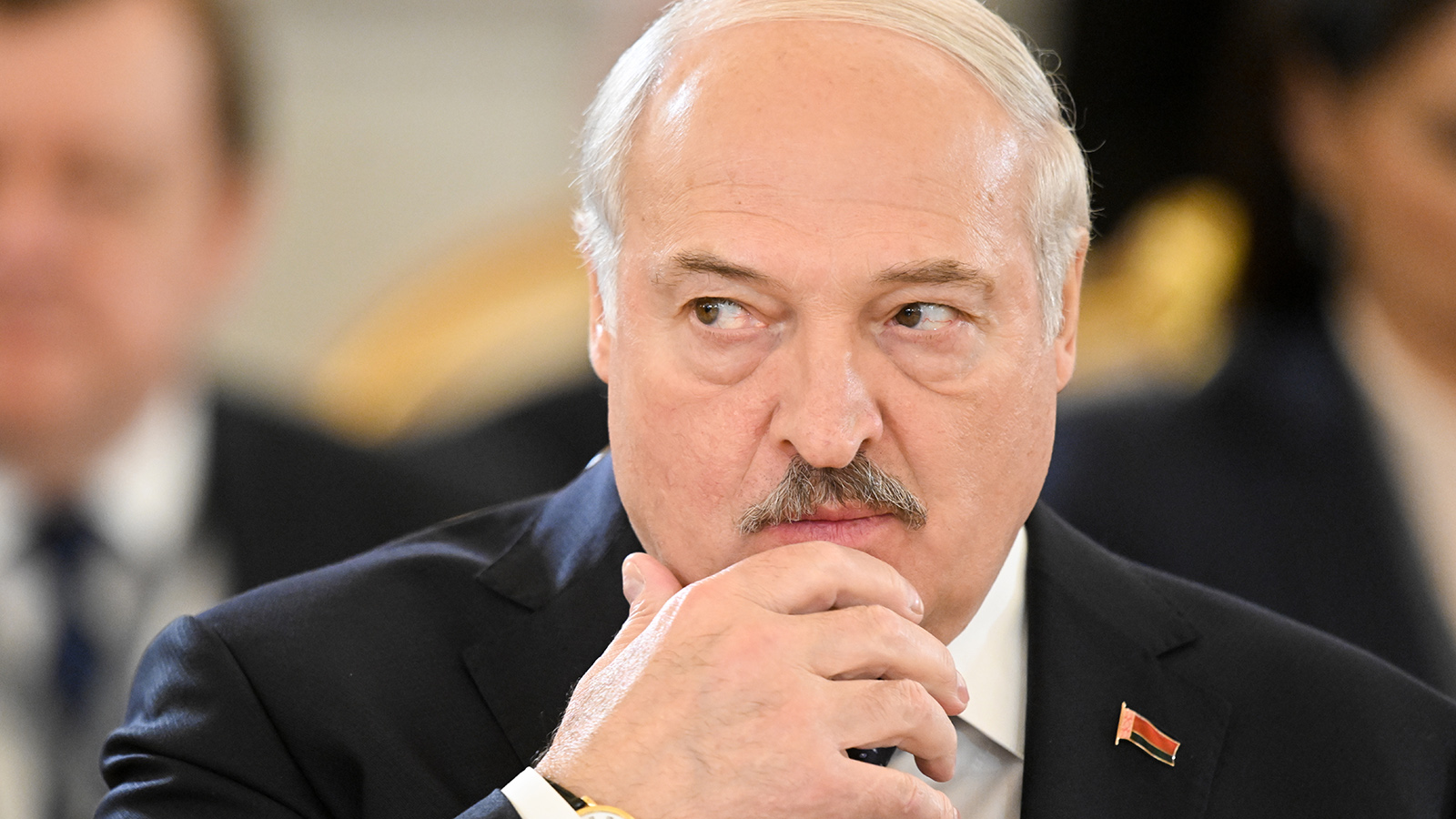Belarus has decided to withdraw from the Treaty on Conventional Armed Forces in Europe (CFE) with Poland and the Czech Republic. What exactly this Treaty is about, and what consequences it will have – read on.
The essence of the Treaty
The document was signed in France in 1990. It was signed by the European member states of NATO, the USA, and 6 member states of the Warsaw Pact.
According to the signed document, the maximum levels of weapons and equipment for each participant were established. Other treaty members were supposed to control whether the signatory complied with these requirements.
Both the total number of weapons and the number of equipment in the following categories are controlled:
– tanks;
– IFV;
– artillery systems;
– attack helicopters;
– combat aircraft.
The inspection mechanism is detailed in the CFE Treaty.
Times are changing
After the USSR ceased to exist, the situation changed. Czechoslovakia was also divided, the Warsaw Pact was broken, and Germany was united. After that, the number of signatories of the CFE Treaty increased to 30.
At the end of the 1990s, a significant part of the states, that were previously part of the Warsaw Pact joined NATO. This changed the balance of power significantly. Therefore, in 1999, an adapted CFE Treaty was signed.
The main difference between the old and new documents was as follows:
– 1990 – weapon restrictions apply to blocs of countries;
– 1999 – to national and territorial associations.
One of the significant points of this adapted Treaty was the introduction of a limit on the placement of military equipment of other countries on the territory of sovereign states.
How will it be now?
After Belarus leaves the CFE Treaty, Minsk will not provide Poland and the Czech Republic with information about its weapons. Monitoring groups from Warsaw and Prague will also not be able to be sent to the country for inspections. At the same time, Minsk will be contacted by other CFE Treaty members as before.

